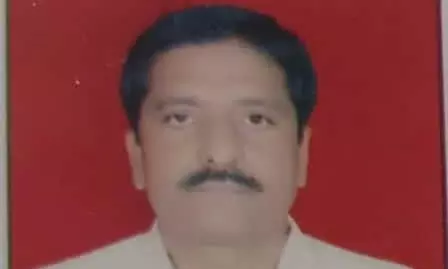Documentary on Bhopal gas tragedy still canned
DC acceses Muzaffar Ali’s Sheeshan Ka Maseeha, a tragic tale of the incident.

Bhopal: Celebrated film maker Muzaffar Ali’s Sheeshon Ka Maseeha (Messiah of Glass), an artistic documentation of the awful trail of human misery left behind by the horrific Bhopal gas tragedy of 1984, has been ‘barred’ from public screening since 1985, thanks to ‘reservations’ by the Madhya Pradesh government. The 28.27 minute-film, sponsored by Madhyam, a public relations department wing of the state government, has been ‘canned’ for the last 33 years since certain scenes in the documentary were reportedly not to the liking of the government.
Government officers are tightlipped on the issue. Protests by social activists and intellectuals for the past three decades have failed to deter the state government from lifting ‘restrictions’ on the public screening of the film, which was accessed by this newspaper.
“The disaster is depicted through narratives of the survivors, with a melancholic ghazal of famed poet Faiz Ahmed Faiz playing in the background. There is no reason why public should be denied the opportunity to watch an artistic documentation of the tragedy,” S.R. Azad of MP Science Forum told this newspaper.
“This is suppression of information on the tragedy by the government,” Satinath Sarangi, an activist espousing causes of the victims of the gas disaster said.
The stamp of Muzaffar Ali, the creator of the iconic and timeless film Umrao Jaan, among others, was clearly discernible in the film.
The film sets out on its journey of depicting the tragedy through heart-wrenching accounts given by the survivors of the world’s worst industrial disaster, following the leakage of deadly methyl isocyanate from a Union Carbide plant in Bhopal during the intervening night of December 2-3, leaving over 15,000 people dead and one lakh others maimed.
“Bodies were brought for burial hours here after the incident. Several bodies were also taken to other burial grounds in the city,” says a man guarding a burial ground, narrating the ‘nightmarish’ scenes of the period in the film.
Poignant tales of loss of near and dear ones in the tragedy are narrated by survivors as the film progresses. The most heart-rending story comes from a survivor who describes how he spotted his daughter’s body in a heap of bodies carried by a truck and how he found the bodies of his wife, son and daughter in a morgue were marked 108, 140 and 151.

